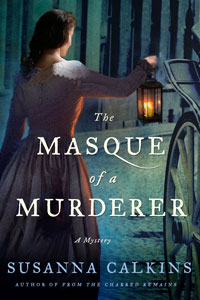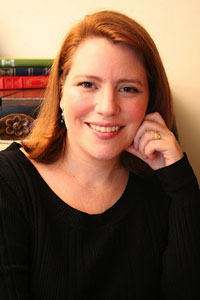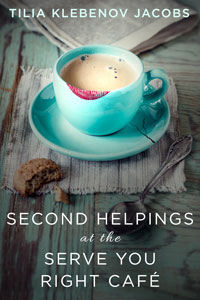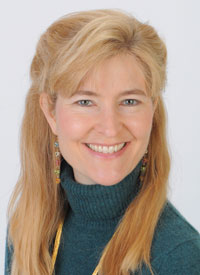Made It Moment: Susanna Calkins
Susanna Calkins has an unconventional path to publication, and an unconventional Moment. Perhaps there is no such thing as convention when it comes to this writing life. In any case, I think the words below will speak to anyone who ever questioned his or her “right to write”. How many of us have kept this passion of ours secret, at least for a while? I certainly did, and I can admit now that it came from a sense of shame. Why wasn’t I succeeding? Susanna’s secret–that sounds like a title for a novel!–had different origins, but when she finally let it go the same thing happened for her that does for us all. We become writers.
My made it moment may be a little different than that of other authors Jenny has so generously hosted on her blog. I spent eight years working on a PhD in European history, and a few more years after that as an assistant professor of history. I always enjoy telling people about how when I was a graduate student I first discovered the murder ballads that prompted my first historical novel, A Murder at Rosamund’s Gate, but the reality is it took me a very long time before I began to write that story.
It wasn’t so much that I felt pressed for time, although that was certainly the case, or that I wasn’t sure I could even write a full-length novel (let alone one that anyone might want to publish), which was also true. I just did not feel free to write creatively. I was supposed to be writing for other academics, not for readers. Only after I took a different academic job did I begin to feel freer from those constraints.
And even when I did finally begin to write that first novel, I did so in fits and spurts. A scene here. A scene there. Never knowing how those pieces would connect, but always so happy to indulge in what I called then my little secret hobby. I didn’t tell anyone I was writing a novel—not even my husband—for years (years!), until I had written about 300 rather oddly constructed pages. At that point I let him into the secret, and a few other trusted souls after that.
But even after I got my agent and my contract with Minotaur a short time later, I was still very hesitant to let my academic colleagues know about my books, especially those from my graduate school. It was hard to let go of the feeling that I had failed as a historian because I write historical fiction.
However, a funny thing started happening after my first novel came out. I started receiving nice emails from readers, saying how much they had learned about 17th century England from reading my books. That they had hated history in high school and college, but that my books had kindled a real interest in the social, political, cultural events from the period. I’ve been teaching at the college level for nearly 20 years, and there is a good chance that I have reached more people with my novels than I ever did in a classroom. That is both humbling and empowering at the same time.
So my made it moment?
When my former professors began to congratulate me on my writing—on my decision to do something unconventional (at least for them!) with my knowledge of history. It’s not that I needed their validation to feel proud of my novels—it was more the realization that they understood that I had used the graduate training and knowledge they had provided me. It was just not as anyone had expected. Indeed, the research I did for my dissertation, which focused on 17th century Quaker women, grounded my third book in the series, THE MASQUE OF A MURDERER. So for me, the very act of incorporating my research into my historical mysteries, and seeing my stories in print, and hearing from my readers about what they had learned, all make me believe ‘I made it.’
Susanna Calkins has been intrigued by murder ever since she first stumbled across 17th century murder ballads in grad school. The idea that people used to sing about murder and other strange tales became the premise of her historical mysteries featuring Lucy Campion. Set in 17th century plague-ridden England, her second novel–From the Charred Remains–is short-listed for the LCC Bruce Alexander Historical Mystery Award.








